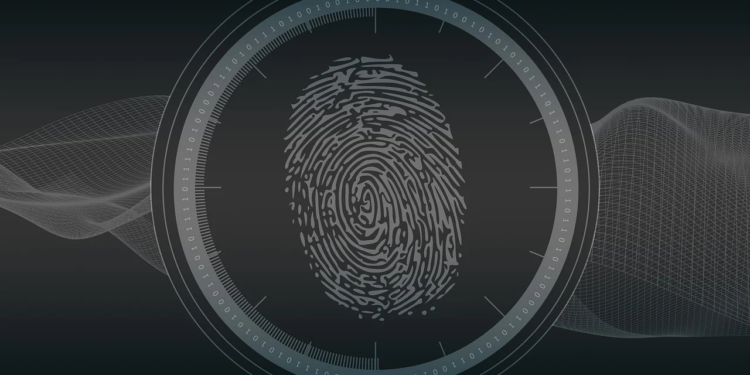Fingerprinting involves gathering data on hardware, software, and network configurations to gain information about devices that access websites or applications. This information constitutes a unique fingerprint for each device, and unlike cookies, fingerprinting doesn’t depend on stored data that users can delete or block. Tools like Octo Browser make it easier to manage multiple browser profiles, which can complicate the detection of users’ data, but it still remains susceptible to fingerprinting. Therefore, you can face continuous tracking even across different browsing sessions.
How Does It Work?
During fingerprinting, the data is retrieved from users’ hardware and browsers in a non-intrusive manner. It involves details about the browser version, operating system type, display resolution, time zone settings, installed fonts, graphics drivers, IP address, and network configurations. The combination of this information allows one to create a unique profile of the device, which ensures high accuracy of users’ identification without the use of cookies. Thus, fingerprinting is effective for tracking users across sessions.
The use of device fingerprinting for fraud detection and increased security can help notice unusual patterns a user exhibits that are out of their normal behavior. This method also fights traditional privacy measures, such as cookie blocking, and shows how well users are able to remain anonymous or evade tracking across their sessions.
Application of Fingerprinting
When a user accesses a website, the system collects the device data, such as the browser version, type of operating system, resolution of the screen, interface language, time settings, fonts, and installed extensions or plugins. Further, this information is consolidated to create a unique digital fingerprint the server could store. The applications of fingerprinting are diverse:
- Advertising. Fingerprinting is used in advertising to create and offer personalized ads. Thus, websites can identify a user even after they have deleted the cookie or when they use an incognito mode. For example, a user browses for some product on one site and then sees ads for the same product on another platform. The reason is that their actions were tracked with the help of their digital fingerprint.
- User authentication. Fingerprinting helps authenticate users by recognizing trusted devices or requiring additional checks for strangers. In addition, streaming services and platforms can protect their content more effectively. They use fingerprinting to detect users with unauthorized access and prevent account proliferation.
- Online security in the financial sector. Banks and financial services apply fingerprinting for security reasons. Whenever someone logs in to the banking system, information about the device is recorded and compared with previous logins. When a user accesses an application or website from a new or suspicious device, the system may ask for additional authentication. It may be via SMS, email, or call. This approach significantly reduces the risk of fraud and helps protect accounts from unauthorized access.
Fingerprinting allows one to identify and track users by a unique set of device data without the help of traditional cookies. In the modern world, fingerprint technologies have widely been used in enhancing security, preventing fraud, offering personalized advertisements, and protecting digital content.













































































